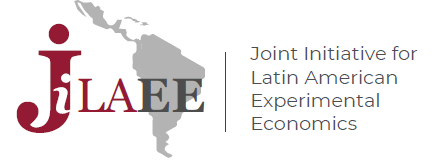Labor Market Power, Selection and Informality in Peru
When employers face little competition for labor, i.e., have labor market power, they can suppress wages below marginal productivity. Labor market power and its consequences have rarely been studied in low-income countries, despite substantial labor market frictions affecting competition among employers and large informality levels affecting the workers’ employment opportunities. This paper studies the scope and implications of labor market power in Peru. Using firm and household-level data, we document variation over time in the extent of concentration across local labor markets and workers’ transition between informal and formal sectors. We show that when labor market concentration is high, wages are low for both formal employees and informal self-employed. Moreover, informal self-employment rates are more extensive, and average skill levels are lower in both the formal and informal sectors. We present a general equilibrium model where labor market power results from (i) worker selection across formal employment and informal self-employment and (ii) labor market concentration. The theory highlights the equilibrium relationship between labor market power, informality, wages, and income. When there is selection, labor market concentration has a non-linear relationship with labor market power and ambiguous implications on productivity and wage dispersion.
Please register for the event here.
